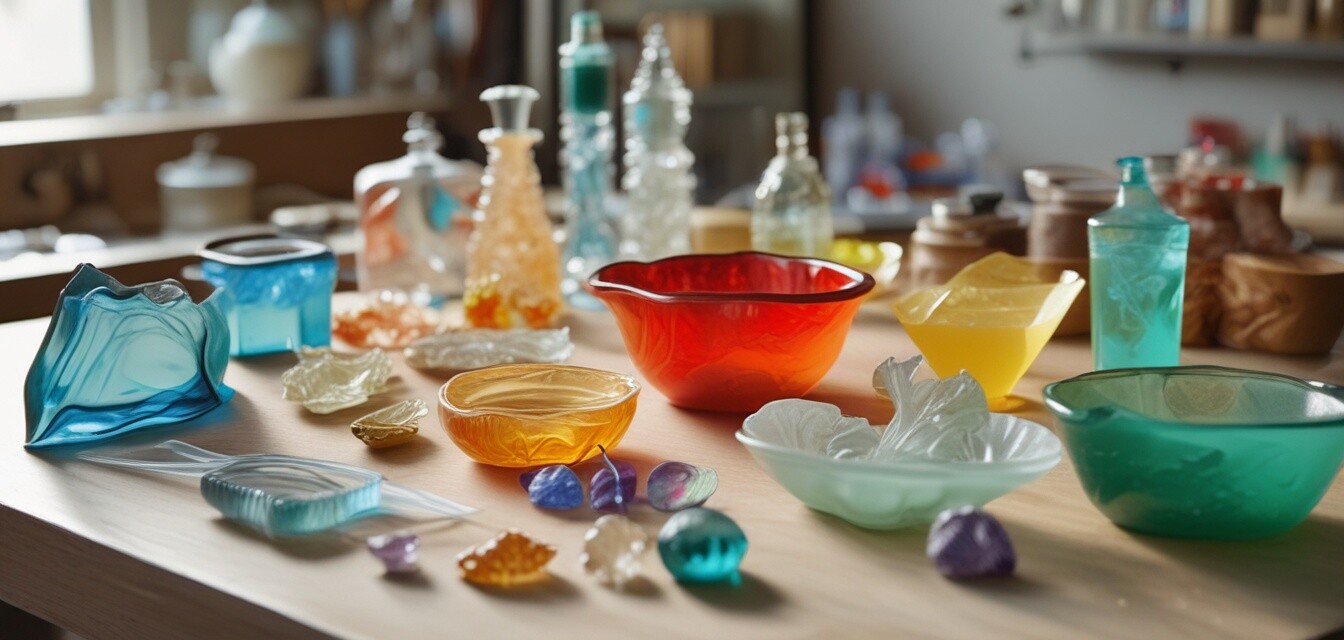
Finding Your Style: How To Choose the Right Molds for Your Art
Key Takeaways
- Identify your personal style and project goals before selecting molds.
- Consider the type of glass projects you wish to create, such as bowls or jewelry.
- Explore a variety of materials and shapes that align with your artistic vision.
- Always check for compatibility with your glass firing techniques.
- Utilize specialized resources such as blog resources on glass molds for enhanced learning.
Choosing the right molds for your glass art projects is crucial for expressing your creativity and achieving the best results. Every mold offers unique possibilities, and understanding how to select the best one can elevate your work to new heights. This guide will walk you through the essential considerations for selecting molds that resonate with your personal style and the specific projects you have in mind.
Understanding Your Artistic Style
Your artistic style plays a significant role in determining the type of molds you should choose. Understanding your preferences can help narrow down your options. Ask yourself the following questions:
- What themes inspire me? (e.g., nature, abstract, geometric)
- What colors do I enjoy working with?
- Do I prefer functional art or decorative pieces?
Types of Glass Projects
There are various types of glass projects that you can undertake, and each may require different molds. Here are some common categories:
| Project Type | Suggested Mold Types | Typical Uses |
|---|---|---|
| Bowl Projects | Deep bowl molds | Decorative bowls, serving dishes |
| Plate Designs | Flat plate molds | Serving plates, art pieces |
| Jewelry Creations | Small component molds | Pendants, earrings, rings |
| Intricate Castings | Detailed casting molds | Sculptures, custom shapes |
By focusing on the type of projects you wish to create, you can select molds that best suit your needs. For complete beginners, explore glass art project kits that provide an all-in-one solution to start your artistic journey.
Material Matters
The material of the molds can affect the outcome of your glass projects. Common materials used for glass molds include:
- Metal: Durable and great for high-temperature firing.
- Ceramic: Provides excellent detail but can be more fragile.
- Silicone: Flexible and easy to use, perfect for beginners.
Considering Design and Function
When choosing a mold, balance the aesthetic appeal with its functionality. Here are some considerations:
- How will the shape of the mold impact the final piece?
- Is the mold easy to work with during the glass firing process?
- Can the mold be reused multiple times, or is it single-use?
Testing and Modifying Molds
Don't hesitate to experiment with different molds to see how they inform your style. If a mold doesn’t produce the results you imagined, consider modifying it or using it as inspiration to create a new piece. This practice can lead to unique findings within your craft.
Resources for Learning
For invaluable tips and resources, consider visiting our blog on glass sheets and supplies or check out more about glass molds in our product categories. These platforms provide a wealth of information to assist you in making informed decisions.
Beginner's Section
- Start with basic molds to get comfortable with the material.
- Pair your molds with compatible glass types to avoid complications.
- Join online glass-making forums for community support and tips.
Pros
- Enhances creativity by allowing for unique shapes.
- Enables experimentation with different materials.
- Offers versatility across various project types.
Cons
- Some molds may require more careful handling.
- Costs can add up depending on the range of molds used.
- Selecting the wrong material can lead to poor results.
Conclusion
Choosing the right molds is an essential step in your glass-making journey. By focusing on your artistic style, understanding the types of projects you want to create, and considering various materials and designs, you can select molds that truly resonate with your creative spirit. Explore our resources to enhance your knowledge and skills, and remember to enjoy the creative process as you transform your craft!

